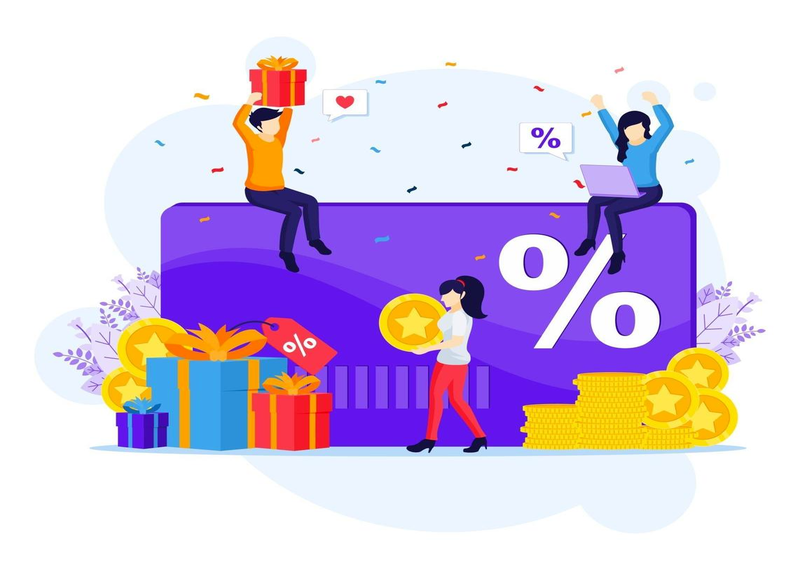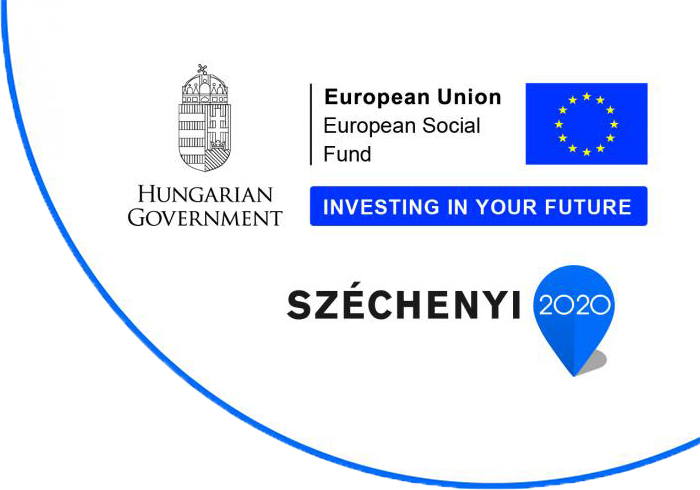The art of loyalty marketing

Loyalty marketing is a strategy based on increasing and retaining existing customers through incentives such as free gifts, discounts and/or exclusive access. Loyalty marketing efforts aim to build trust and reward customers for their continued commitment and loyalty to the business.
Loyalty marketing programs aren’t new. In fact, they’ve been around in various guises since the 1700s(!). However, it was perhaps with the introduction of Box Tops in 1929 (coupons that were printed onto product packaging that could be redeemed for rewards) that they really started to gain commercial traction and capture the wider public’s imagination.
It was in the 80s that one of the most famous loyalty programs was created: Frequent Fliers. Seeing how this scheme was driving success for aviation businesses, retailers began to adopt loyalty aggregators. These were programs that reward points regardless of the retailer they were earned from. In the 90s, card-based retail loyalty schemes were also popular to implement in-store loyalty towards a particular business.
While many of the loyalty programs of the 90s now seem like nostalgic throwbacks, the importance of brand loyalty in modern marketing shouldn’t be underestimated. Loyalty program members contribute to between 12 and 18% more revenue per year than the average guest shopper.
What are the objectives of loyalty marketing?
- Loyalty marketing aims to retain high value customers. Regular returning customers spend more and generate more transactions than repeat customers. In clothing, a customer's fifth purchase is usually 40% more than their first.
- Loyalty programmes allow you to collect a significant amount of data on your customers. Enabling you to deliver a superior, more personalised shopping experience. 65% of shoppers say they are motivated to buy when they receive personalised offers.
- Loyalty programs help attract new customers, as returning customers refer more people to your business, which increases sales. The dollar impact of these referrals can be significant. Over three years, consumers referred by online grocery shoppers spent an additional 75% of the amount spent by the original shopper.
The importance of brand loyalty in modern marketing
Shoppers are no longer limited to buying only from shops in their local town or high street. Shopping habits have changed in recent years. They have moved from convenience - choosing the nearest option - to variety and choice. Today, there are endless options in every conceivable shopping category - from fashion to electronics and every cross-section in between.
It is vital to build brand loyalty to position yourself as the best option for the customer in your niche. This means:
- By investing in delivering a top-quality experience to your customers, you can offset the cost of acquisition and achieve higher growth from the initial investment. If you have a solid customer base who refer their friends to you, you'll create a virtuous cycle of increasing purchases. By promoting your brand through referrals and word of mouth, you will complement your internal acquisition efforts and boost your sales.
- You can thrive by building trust with your customers. Did you know that 80% of shoppers say trust plays an important role in their buying decision? A further 76% of consumers said that in order to be loyal to a brand, they need to trust that if they were to recommend the business to a friend, they would have a good experience.
- Brand loyalty increases the likelihood that an existing customer will try a new product, as it is much easier to sell to existing customers; in fact, you are 60-70% more likely to sell to an existing customer, compared to 5-20% more likely to sell to a new enquirer.
- Loyalty builds emotional connections by giving you a tool to show how you are aligned with your customer. 68% of customers said they are motivated to be more loyal to a brand if it shares the same values as they do.
How to use loyalty marketing: 3 strategies to consider
Social media
Use social media channels to communicate the benefits of your loyalty program. It's not good if you feel like you're on the receiving end of a hard sell on social media. Plus, your audience will quickly spot inauthentic sales messages. Instead, create genuine conversations around the benefits and perks of your loyalty program to generate real interest among your customers.
Showing how your loyalty programme is different or unique will show how you stand out from the competition. Not only will this help you reach potential customers, but you'll also find that influencers in your industry will take notice of your program - and join it.
Email marketing
In 2019 alone, 293.6 billion emails were sent and received every day. Clearly, email remains a key part of communication in the modern world. As a direct communication channel with customers, it's no surprise that email is performing well for e-commerce retailers.
Use data to personalize your email offerings and give customers relevant, timely content. Remember, emails make loyal customers feel like VIPs. Offer exclusive discounts or early access to promotions to keep them engaged. Strive to build lasting relationships with your customers by sharing information about how your values fit their preferences.
Pay per click (PPC)
In 2017, seven million advertisers spent $10.1 billion on PPC ads. This is because PPC visitors are 50% more likely to make a purchase than organic visitors. There is no point in sending a generic message without targeting and hoping for the best. One of the most important ways to cost-effectively leverage PPC spend is to use loyalty program data. You can use data to target your most valuable customers before sending them targeted PPC campaigns to get them to land on your site and convert interest into sales.
